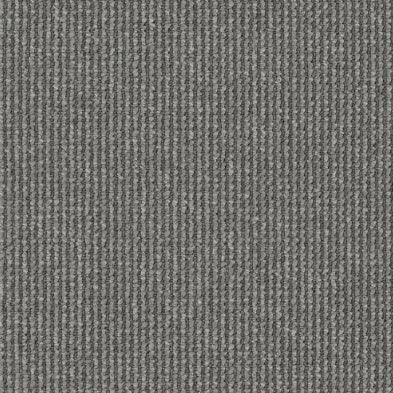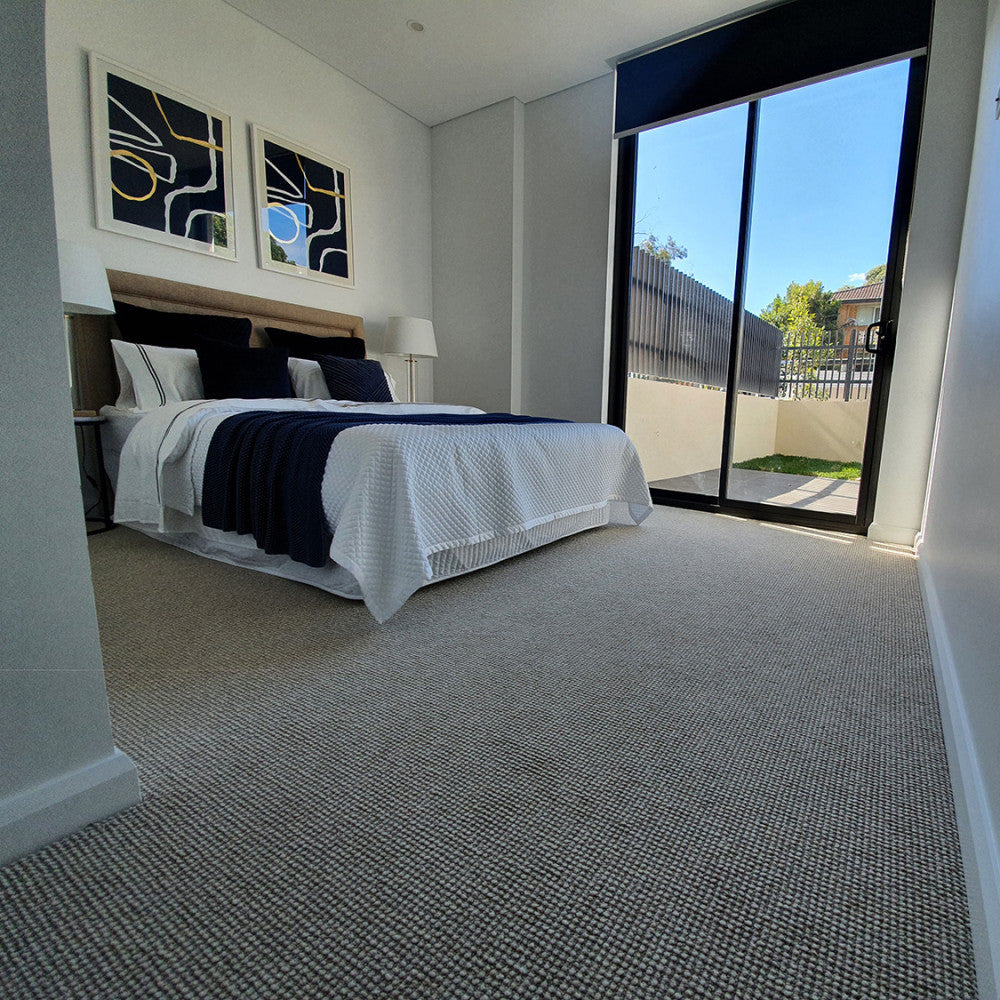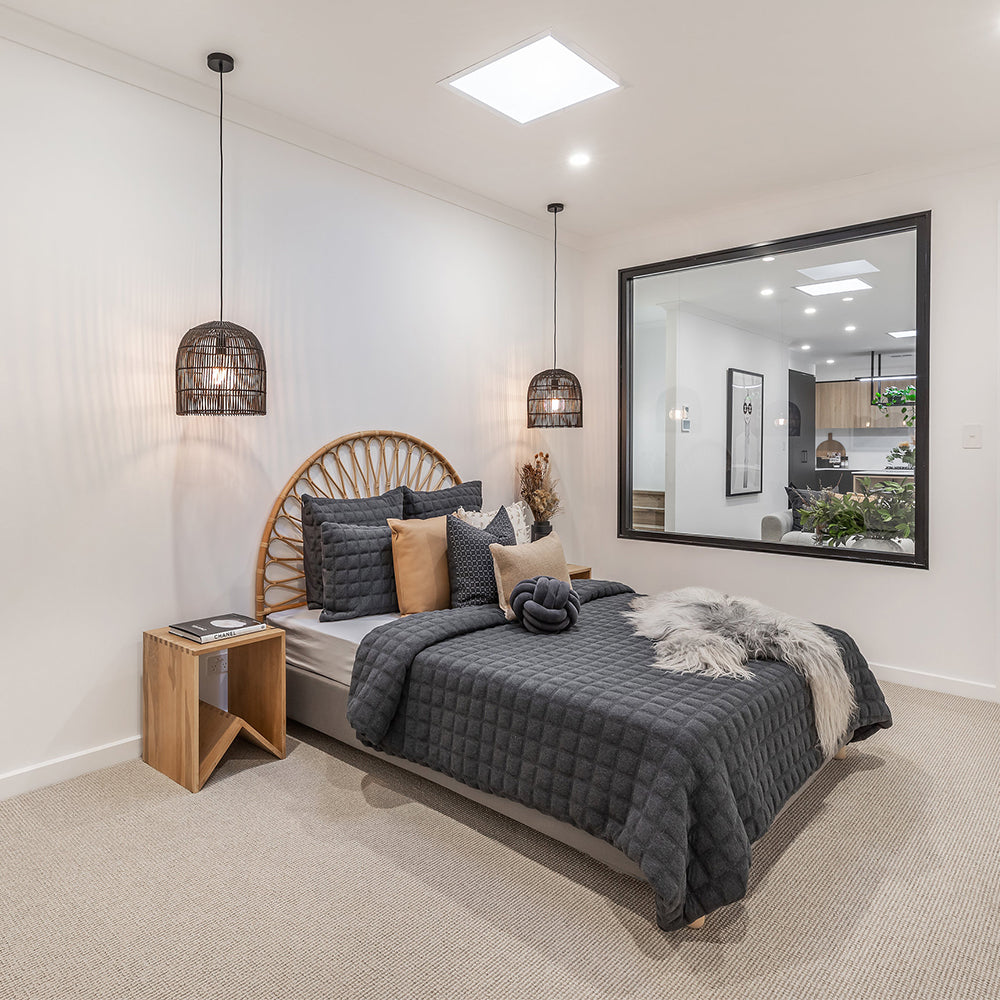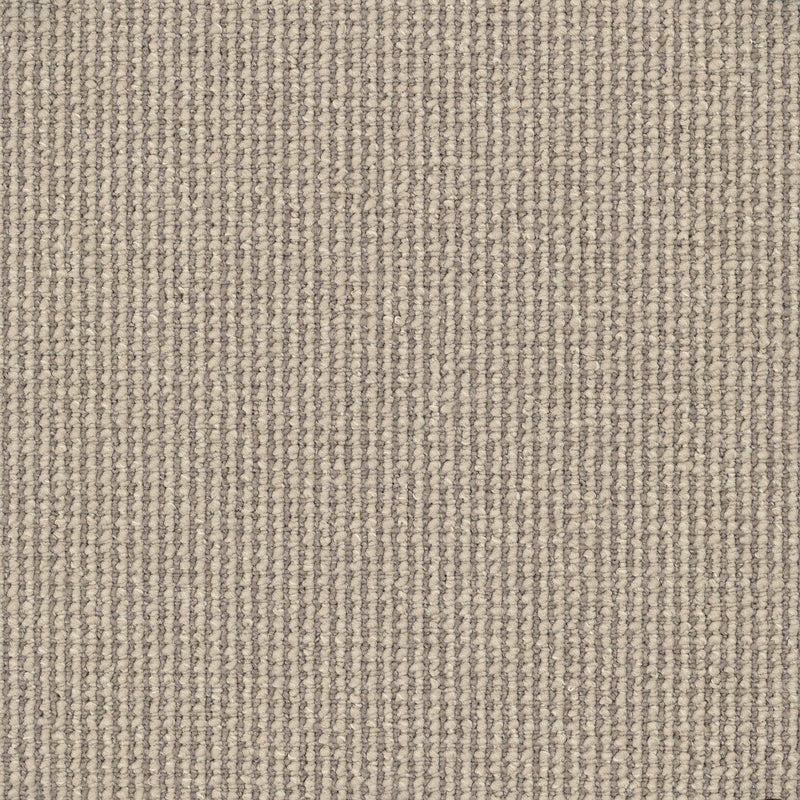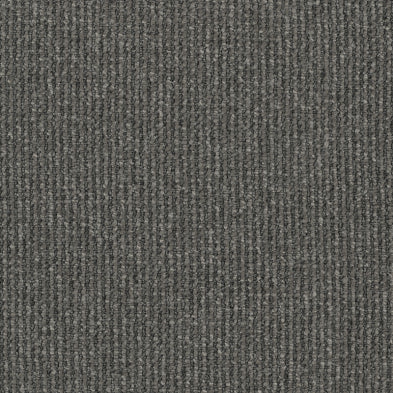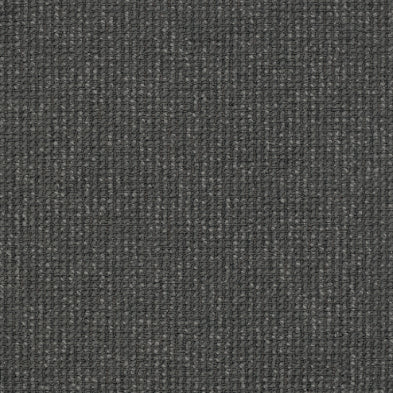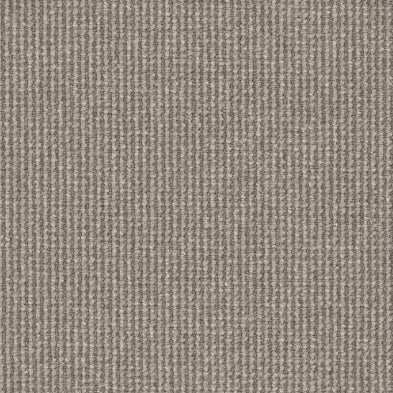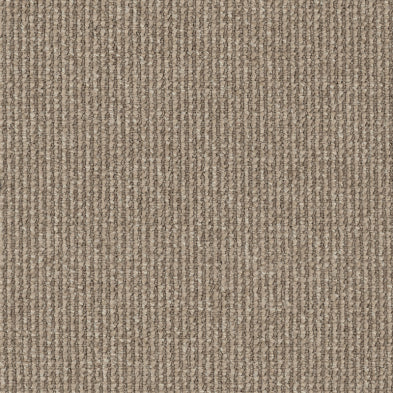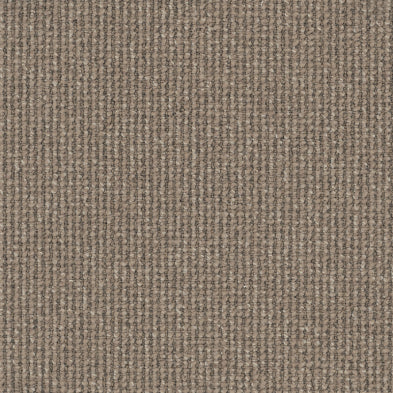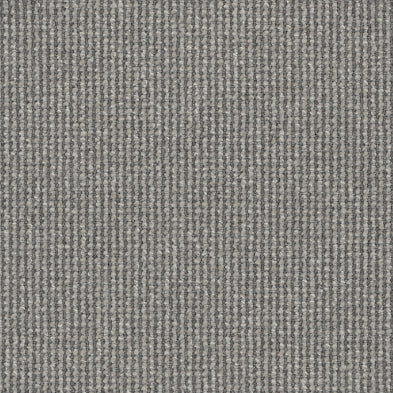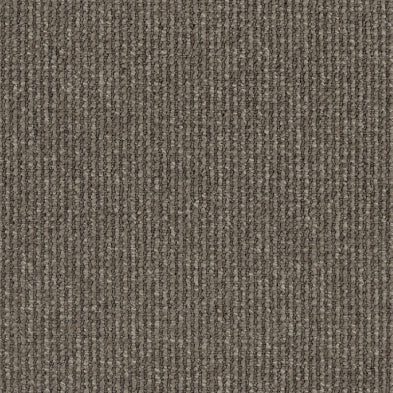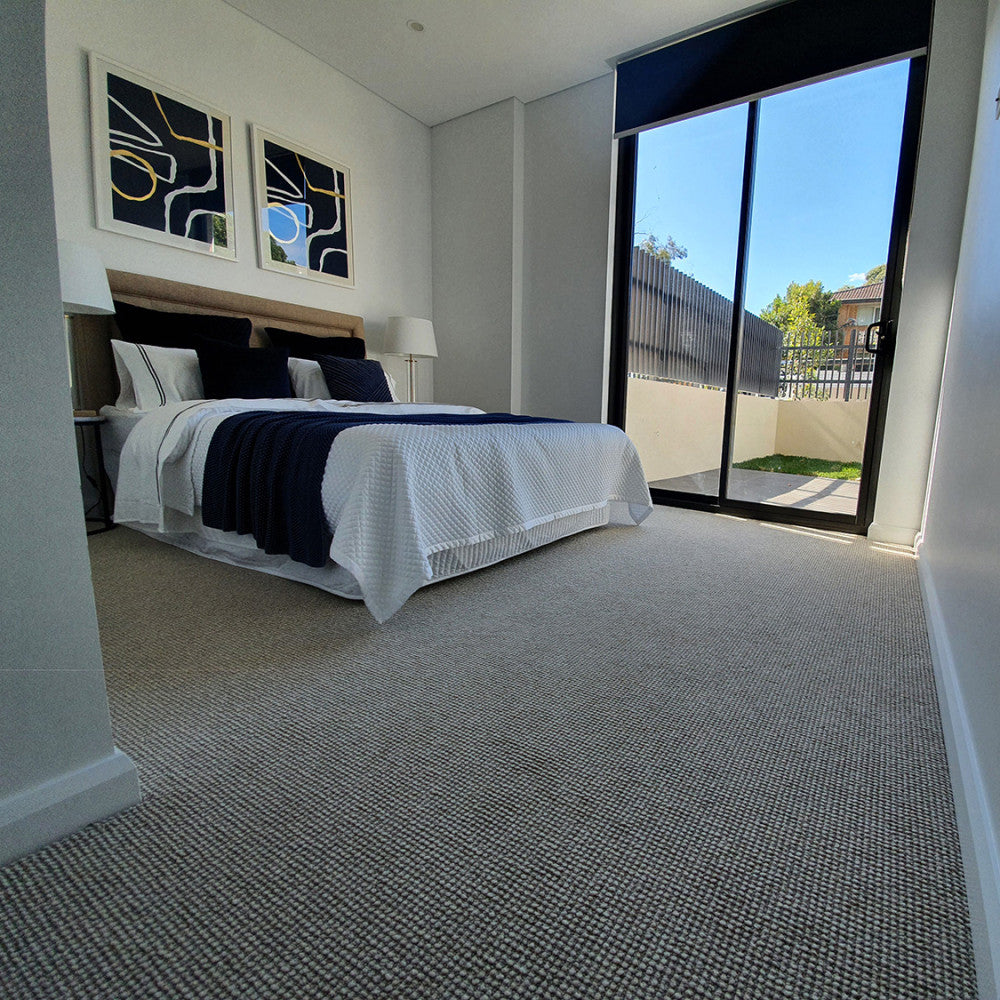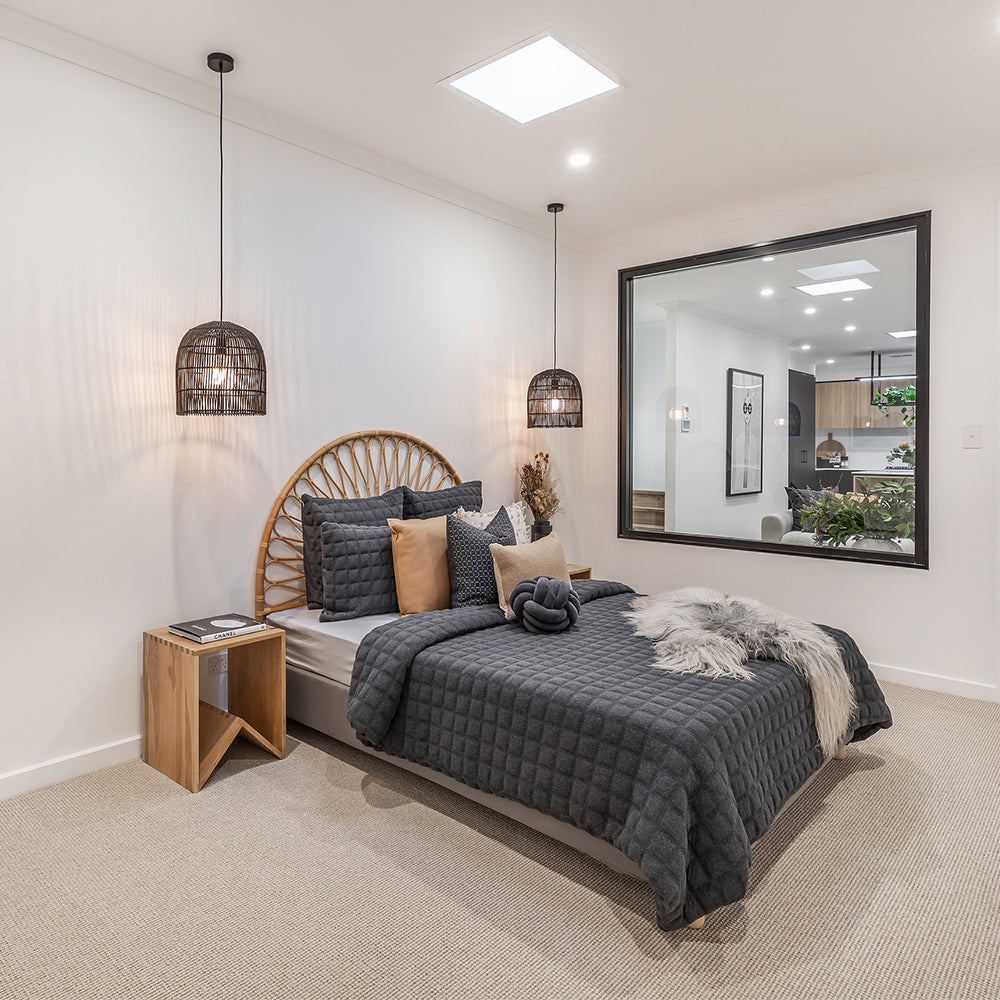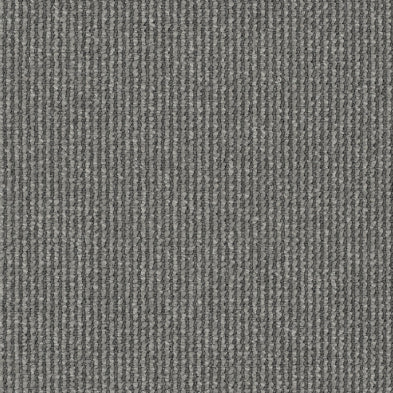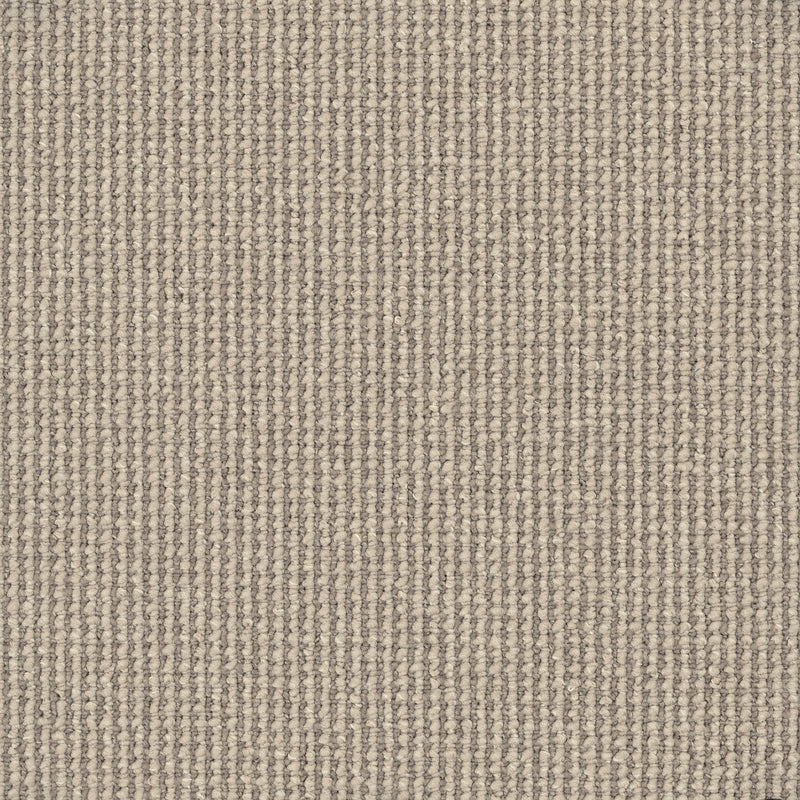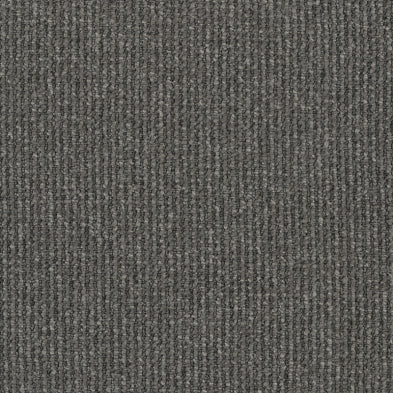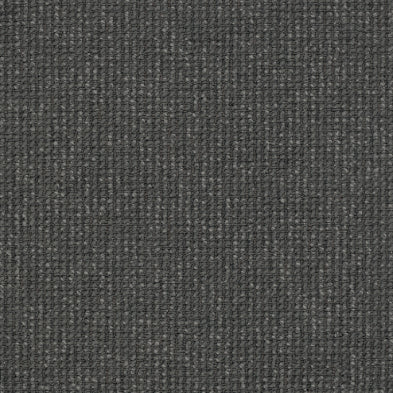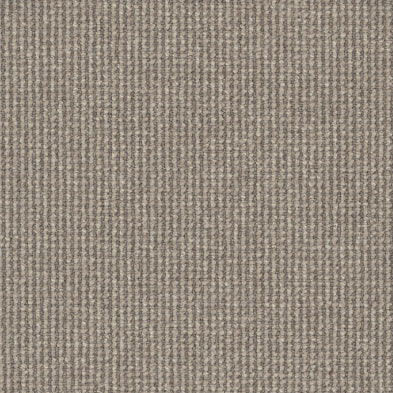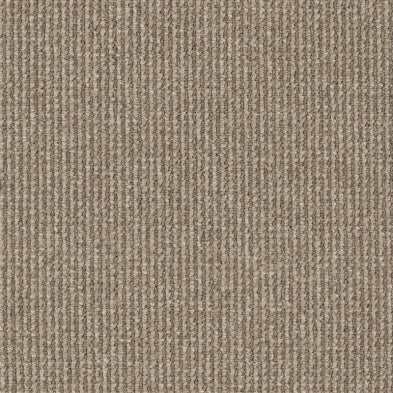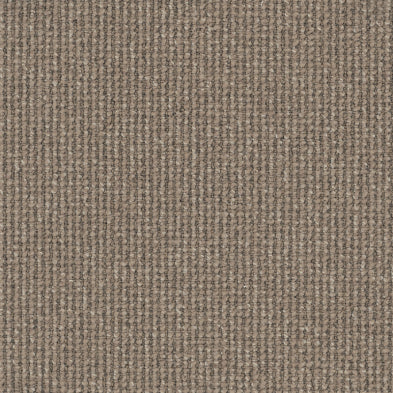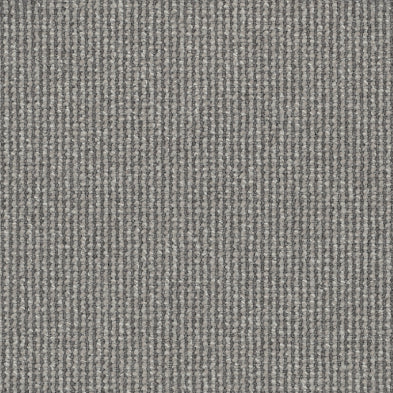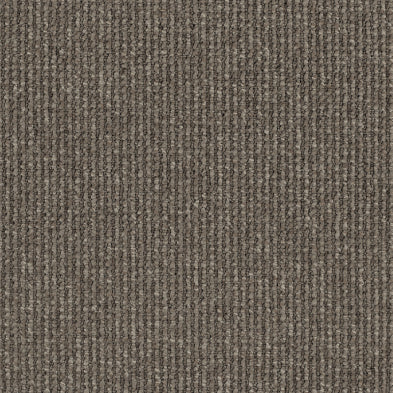Avenue
Avenue
With chicly heathered colours, and geometric patterns, Avenue provides an ideal foundation for contemporary interiors.
Style
Textured Tufted Loop PileFibre
Solution Dyed Nylon
Details
Details
Style:
Textured Tufted Loop PileFibre:
Solution Dyed Nylon
FAQ
FAQ
How do I keep carpet clean?
Regardless of what sort of carpet you have, the best way to keep it clean is by following the manufacturer’s recommendations. These recommendations vary by brand and product line, depending on factors like the “pile” (height) of the carpet and what materials the carpet is made out of. If you have questions about how to keep your new carpets clean, just ask our knowledgeable flooring experts for tips.How long does carpet last?
How long a carpet will last depends on the quality of the product, the amount of traffic/use it experiences, and how well it is maintained. Almost every product found in a Carpet World showroom will have a star-level warranty that will indicate how long the carpet is warrantied against wear & texture loss if it is properly maintained under normal traffic. Carpet products with a 1-star warranty are warrantied for 5 years, 5-star products are warrantied for up to 25 years. Proper maintenance to ensure you get the most out of your carpet includes regular vacuuming (once per week for every person who uses the room), using floor mats in exterior entry-ways, and getting your carpet professional hot-water extraction cleaned every 12-18 months. It is also important to address any stains on the carpet immediately with one of the recommended cleaning methods in your carpet warranty guide. Many of the carpet products sold at Carpet World can outlast their warranties if used and maintained properly.How do I measure for carpet?
One of the many services that separate Carpet World from the competition is our complimentary home-measuring service. There are many factors that can influence how much carpet you will need for your space and which product is right for you, so avoid the headache and let us measure and assess your space for free! A professional home-measurement must be conducted by one of our stores consultants or estimators if you would like us to professionally install the product. If you wish to identify how much material you need by yourself you will need to find out the exact width and length of your space in centimetres or millimetres. You can use a standard tape measure or a laser measuring device. Multiply the width of your room by the length to determine the total square metres of the room. If your space is not a simple rectangle you will need to measure the length of every wall and break the room into small rectangle shaped sections to make it easier to calculate your square metres. Carpet is typically manufactured in 3.66 metre rolls and as a result there will often be waste material created by cutting the carpet roll to fit your space. To account for this waste you must order at least 10% more square metres of carpet than the actual size of your room. Typically the more windows, closets, corners and other unique features a room has will require more extra square metres of carpet.Why is my new carpet shedding?
The balls of fluff, or loose fibres, found on carpet or in the vacuum cleaner bag are the normal result of fibre left in the carpet from the manufacturing process. Removing these loose fibres does not affect carpet life or appearance. Because of their large size, these fibres are too big to become airborne or to be breathed in. With proper vacuuming and using a quality vacuum cleaner, most shedding gradually disappears within the first year after installation.Why Carpet?
COLOURS & TEXTURES Carpet is available in a wide array of colours and textures to suit all décors. COMFORT Carpet is soft and warm underfoot. INSULATION Carpet provides a comfortable thermal indoor environment due to its insulating properties. RESILIENT Carpet doesn't crack or scratch. QUIET Carpet creates a quiet indoor environment as it absorbs sounds and reduces household noises produced by footsteps, items dropped on the floor and chair legs scraped across a floor. SAFE Carpet provides a safe and sure footing surface as it is not slippery and provides a soft landing in case of falls.What is Carpet Underlay?
Carpet underlay is traditionally made from foam, rubber or felt and the surface below what the carpet sits on to give it bounce and form.Why use Carpet Underlay?
Carpet underlay is the backbone of carpeting. To carpet a room, carpet underlay must be installed as part of the process. Carpet has many great benefits particularly comfort underfoot and noise protection are key benefits of using carpet and subsequently carpet underlay. Carpet underlay improves the underfoot comfort as the crushing forces on the pile are absorbed and minor flooring imperfections are hidden. Carpet underlay also helps with absorbing acoustic sound and thermal insulation properties of the carpeted floor are enhanced.Types of Carpet - Your guide to carpet
Carpet Fiber Comparison: To pick the right carpet fiber, consider how you live in each room. There are four basic types of carpet fiber: Nylon Nylon is the most durable and stain resistant carpet fiber available, when treated with stain protection. It is the fiber of choice for homes with pets and children and for those who entertain a lot. Perfect for heavy traffic in hallways and stairs. Polyester Polyester is known for its luxurious look, feel and wonderful selection of colors and styles. It's a good value for homes with a normal amount of traffic. Olefin Olefin offers good stain and moisture resistance, but scores below nylon and polyester for wearability It is best suited for loop pile construction or high, very dense cut piles. Wool Favored for its natural beauty. Wool carpet has natural soil resistance qualities, but is not inherently stain resistant. Wool looks good for a long time and is well constructed. Carpet Construction Over 90% of residential carpet is manufactured as tufted carpet. A tufting machine works like an oversized sewing machine with hundreds of needles that insert loops of fiber (tufts or stitches) into the carpet's backing to form the face pile of the carpet. How long your carpet will last depends on how well it is made. Quality construction will affect the durability, appearance and price of the carpet and is most influenced by the twist of the fibres and the density of the tufts. Twist Twist refers to how tightly the fibre (carpet yarn) has been twisted. The tighter the yarn is twisted, the better the carpet will stand up to crushing and matting. This is especially important in cut pile carpet, because the tips are exposed and can easily become untwisted. Frieze carpet has the highest twist level at about 7-9 twists per inch (TPI), whereas most cut pile carpet styles have between 3-6 twists per inch. Density Density refers to both the amount, and how tightly packed together the fibres are within the carpet. The closer together the fibres are placed, the denser the carpet will be, and the better it will wear and perform. Ways to check for carpet density include trying to reach the carpet backing by pressing your fingers on the carpet fibres. The more difficult it is to reach the backing, the denser the carpet. Or with outward facing tufts, bend the carpet into a U-shape and look at how much of the carpet backing is visible. The less backing that shows, the denser the carpet. Stain Resistant Carpet: What Level Do You Need? Consider how you live in each room. If you have kids, pets, and high traffic areas or entertain a lot, you will want to choose a carpet with stain resistance. The desire to protect your home with quality stain resistance won't limit your choice of carpet styles and colours. The primary factor in determining stain resistance is carpet fibre type: nylon, polyester, olefin or wool. Beyond fibre type, most manufacturers apply post-production stain protection treatments to enhance the natural stain resistant properties of any fibre. Ask your Flooring Carpet World Sales Professional for assistance in making a flooring choice to suit your lifestyle. And, be sure to reference our Five Star Selection System to help guide you to the right level of warranty protection. Carpet Textures: Carpet texture refers to how the fibres of the carpet are attached to the backing of the carpet. Primarily, there are three different types of carpet texture. Cut Pile Cut pile carpet consists of yarns that are cut at the ends. The soft feel of cut pile carpet makes it a perfect choice for the most comfortable areas of your home - bedrooms, living rooms and family rooms. There are five basic styles of cut pile carpet: Velvet, Saxony, Frieze, Shag, and Cable, each provide a different look and texture. The primary difference among these styles is the amount of twist in the yarns that will ultimately influence the carpet's durability. Loop Loop carpet has yarns that are looped and uncut on the carpet surface. The pile height can vary from low, tightly constructed to a more luxurious high-level pile. Loop carpet has, strength and soil hiding capabilities. This style is ideal for heavy traffic areas. Berber is the most popular style of loop carpet that can be constructed as a level-loop or multi-loop carpet. Cut-loop As the name suggests, this carpet has a combination of high cut tufts and lower loops in a variety of sculptured patterns. Cut-loop carpets offer good performance but are slightly less durable than loop carpets. Dye Methods: There are two popular methods for dying carpet; both methods offer great colour. Solution Dyed The fibre is dyed before the fibre are woven. This method gives the carpet stronger stain and fade resistance, along with resistance to harsh cleaning agents, such as bleach. Continuous Dyed This method is completed during the post-tufting process and most suitable for woven carpet. It is a process that achieves solid colours. Colour Selection: Think of your floor as the fifth wall that connects all other design elements in the room. Consider the walls, window treatments and other furnishings when choosing a colour scheme. Bring fabric and colour samples when you visit our store, where our flooring experts will assist you. All these elements make a difference in how your floor will look. Don't forget to check out Installation to learn all about the little details that make a big difference when transitioning from old floors to new. Between fibre type, texture and colour, there is a lot to consider when selecting the right carpet for your home.How much does carpet cost?
The cost of carpeting a room can vary greatly and will depend on a number of variable factors. First and foremost you will need to identify if you are purchasing wall-to-wall carpeting that will require professional installation, or merely an area rug which does not require professional installation. Typically a full-service wall-to-wall carpet project (one that includes delivery and installation) will include 4 primary price components: The cost of the carpet material itself The cost of the cushion that goes below the carpet, The cost of Labour (delivery, installation and additional services such as furniture moving) The cost of transitions, trim or other accent pieces. The cost of the carpet material will vary depending on the brand of carpet you choose, fibre the carpet is made of, the quality of the carpet construction, the colour & style of the carpet, and the warranty covering the carpet. The cost of the underlay will vary depending on the thickness and weight of the underlay, the quality of the underlay construction, if the underlay has a moisture barrier, and the warranty covering the underlay. The cost of labour for your project will vary depending on the size and scope of your project. Delivery often varies depending on distance from the Carpet World warehouse and the amount of materials required. Installation costs will vary depending on the condition of the sub floor over which the carpet is being installed and the complexity of the installation. The cost of installation may increase if work must be done to prepare the sub-floor to be installed over. The cost of transitions, trim and other accent pieces will vary depending on which trim products you choose, how many pieces are required, and the complexity of their installation.Why does my carpet seem to change color when I look at it from different directions?
Light reflects differently as the pile is pushed in different directions. Foot traffic generally causes this, and the best solution is to sweep or vacuum the pile in a uniform direction.Some tufts are longer than others. What should I do?
Just snip the end to even the carpet surface. Never pull out long or loose ends as this can permanently damage your carpet. If a tuft becomes snagged or works loose, simply cut it off and let the surrounding yarn fill in the space.What can I do about static shock?
When a room’s relative humidity is very low, a static charge can build up in your carpet as you walk across it. If this occurs, a humidifier or other commercially available products can help.How can I avoid permanent indentations?
Your carpet pile may compress due to heavy foot traffic or weight of furniture. Rotating furniture may help reduce indentations. You can work the pile back into place with the edge of a coin. Sometimes, passing a hot steam iron over the spot can also help, but keep the iron at least 100mm above the carpet.What is the difference between high pile and low pile carpet?
If you examine a carpet carefully, you’ll notice that the surface is comprised of many individual fibres. These fibres are sewn into the carpet’s backing at both ends, creating a sturdy hoop or loop shape. Depending on the carpet, these loops can vary in height, density, and texture. In carpet industry terminology, this is known as “pile” or “rug pile.” The fibres of a high pile carpet are tall and elongated, with a lower density. Shag carpeting is a classic example. By comparison, the fibres that make up a low pile carpet are shorter and more tightly packed together, creating a smoother, flatter appearance.What is low pile carpet?
The “pile” of a carpet refers to the height and density of its individual fibres. The term “low pile carpet” describes any carpet made from short fibres that are sewn together in tight, dense rows. This creates a uniform, even appearance, with a texture that is smooth to both the eye and the touch. Low pile carpet is often recommended for children’s rooms, rooms with heavy foot traffic, and hallways.What is high pile carpet?
Every carpet consists of fibres sewn into a sturdy backing, creating a series of loops that, together, form the carpet’s surface. Some of these loops may be cut at the top. The height, texture, and density of these loops is described using the term “pile.” For example, a “high pile” carpet is a carpet made using long fibres. This tends to create a deeper, more plush, and more irregular or dynamic appearance. Shag carpet is a timeless example of high pile carpeting, which is ideal for contrasting with wood floors or using as a cozy accent in bedrooms and living rooms.Do I have low or high pile carpet?
It makes sense to know whether you want high pile or low pile before you go carpet-shopping. But if you’ve already purchased the carpet, determining pile is important, because it can help you decide how to use the carpet. For example, if you determine that you have a high pile carpet, you’ll likely want to avoid placing it in a muddy or heavily-trafficked area, since the long, fluffy fibres can be a somewhat tougher to keep clean. For heavily-trafficked areas, low pile carpet is perfect. However, for a more plush, cozy feel -- in areas where you may read and relax -- high pile may be a better option.What vacuum should I use on low pile and high pile carpet?
Some high-tech vacuums can cost close to a thousand dollars (or more). Fortunately, you don’t need fancy bells and whistles to keep your low pile or high pile carpet looking great — just a few basic features. Look for a lightweight vacuum with wide, sturdy wheels. These features will allow you to manoeuvre the vacuum more easily. Ideally, we recommend using a model with adjustable height and motor speeds, though brush roll control is optional. Most vacuums have adjustable settings (such as “high” and “low”) that are designed for use on different floor or carpet types.How do I choose a good quality carpet?
To some extent, “quality” is about your personal style preferences — but there are also objective quality standards you should pay attention to when shopping for a carpet. For example, durability and performance. No longer is the quality identifier just the fibre type as technology and innovation has made yesterday’s fibres from ordinary to extraordinary. You should consider pile height, density, twist, weight, and ply of the fibre. Along with construction of carpet, you should also pay attention to carpet warranties. A good, quality carpet should offer a solid warranty coverage that protects against events such as spills, stains, and wear. A warranty lets you know that the manufacturers are quality-focused, and that the carpet was designed to withstand normal wear-and-tear while retaining most of its fibres. A Sales Professional at your local Carpet World store can help you find a good quality carpet for your needs.How do I choose a carpet color?
When it comes to choosing a carpet colour, you have endless freedom. Thanks to modern dye methods, today’s carpets are available in any hue or pattern you could imagine -- in tones that range from eye-popping vivid to soothing pastel. While there’s no “right” or “wrong” way to use colour, one of the best methods is to coordinate with your furniture or other rooms of your home, or to opt for a neutral shade (such as pale grey, beige, or tan) that can go with anything -- even if you change your decor. For example, many design experts recommend balancing one or two neutral colours with a handful of brighter accents, and avoiding clashing colours like purple with orange or red with green.How are carpets installed?
The answer to this question depends on factors like what types of carpets are being installed, what types of floors are underneath, and the shape and size of the room where the carpet is being installed. Regardless of these factors, installing carpets can be a big (and sometimes messy) job, so it’s best left to the professionals — especially if you’re redoing your home in order to show or sell it!How long should I wait to put furniture on new carpet?
Each home flooring project is unique. However, there is no waiting period to place furniture back on the new carpet! People can also walk on the carpet immediately after installation. Also, It would be helpful to walk around the newly carpeted room with your installer for a final inspection.What's the best way to clean a white carpet?
White carpets have a bad reputation for being “difficult to keep clean.” That might have been true in the past — but thanks to modern technology, it’s easier than ever to keep white carpets looking bright and fresh. Certain products, such as Stainmaster carpets, are specially designed to resist even the toughest stains, making them ideal for homeowners with pets or young children. The best way to keep it clean is to follow the manufacturer’s instructions. You should also look for products that come backed by robust stain and soil warranties, which vary from brand to brand. We can help you select the right carpeting, install it in any room of your home, and teach you how to maintain your new carpets for long-lasting results.How often should I clean my carpet?
It’s not just how you clean your carpet that’s important, but how often. As always, it’s best to refer to the manufacturer’s recommendations, which might suggest cleaning daily, weekly, or every few weeks. (Of course, you might need to spot-clean more frequently if you have accidental spills.) Some types of carpeting are more “high-maintenance” than others, but most are a breeze to keep clean thanks to technological innovations in the home flooring industry. For many products, the occasional vacuum and a touch of soapy water is more than enough.How do I deep clean my carpet?
When it comes to any question about carpet cleaning and maintenance, we always recommend that homeowners follow the manufacturer’s guidelines. Depending on the brand, product line, and other factors, there are different ways to deep clean carpets properly for best results. But you don’t have to dig through any boring technical manuals — instead, simply ask one of our team members for help. With trusted expertise on thousands of products, our home flooring experts can guide you in the right direction.Should I steam clean vs. chemical clean my carpet?
Steam cleaning or chemical cleaning may be more appropriate for your carpet, depending on the product. Due to product variations, we strongly suggest that homeowners always refer to manufacturer guidelines. The basic difference between these approaches is that chemical cleaning uses specially formulated solutions to help dissolve and break down substances that cause staining, while steam cleaning uses heated water vapor.What are carpet tiles?
Carpet tiles, also known as “modular carpet,” are exactly what they sound like: small squares of carpeting, usually with dimensions of 500mm x 500mm. Carpet squares were designed to provide a lightweight alternative to traditional carpet rolls, which are considerably larger and heavier. Carpet tiles have unique pros and cons, so it’s a good idea to weigh the benefits and drawbacks with an experienced professional. Our team can help you decide whether traditional carpets or carpet tiles are better for your home flooring project.